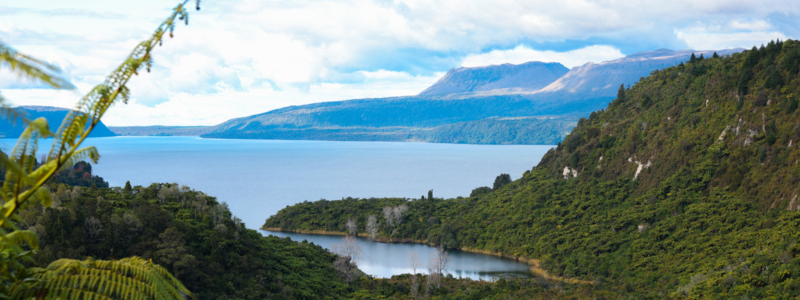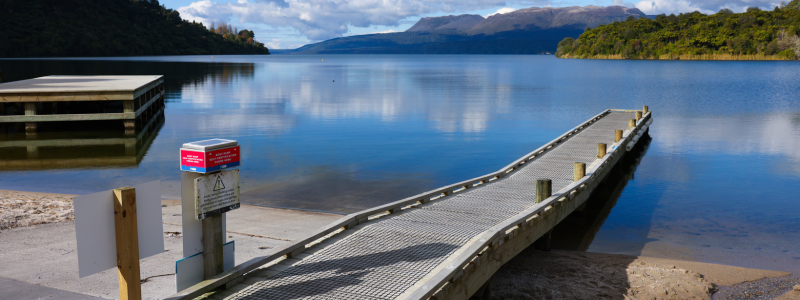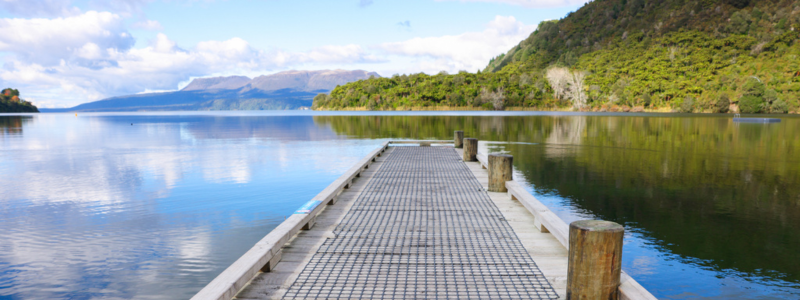Lake Tarawera

Lake Tarawera, meaning 'Burnt Spear' is one of the largest lakes in New Zealand. The lake was home to many small Māori villages and mission settlements, until the Tarawera eruption in 1886. Legend has it that a "waka wairua" (phantom canoe) appeared on the lake as a portent of death a few days prior to the eruption.
Lake Tarawera is a picturesque lake, famous for the size and condition of its rainbow trout. Several lakes in the area drain into it directly or via groundwater, along with geothermal springs on the southern and northern shores.

Stoney Point and Rangiuru Bay
Stoney Point is a popular spot for swimming and boating. The reserve is used to hold local events like the annual Spring Fair. The reserve spreads out towards Rangiuru Bay, which is a hotspot for shoreline fishing during the summer. The Tarawera walkway also passes through Stoney Point.
Reserve facilities:
- Playground
- Public toilets
- Barbecues (electric, on timer).
Treasure this place – take your rubbish with you. There is no overnight parking or camping at this reserve.
Between 15 December to 1 March, dogs are prohibited between the hours of 9am to 7pm.
Outside these times dogs may be exercised off lead provided they are under strict control of persons exercising the dog.
Punaromia (Tarawera Landing)

Punaromia (Tarawera Landing) is the closest access point to Lake Tarawera. The area is a great place for families to swim and also provides traditional landing and departure points for boats on Lake Tarawera and those wanting to reach Lake Rotomahana.
You can take a short walk to the mouth of the Te Wairoa Stream, or the ancient Tuhourangi rock paintings. Trout fishing is also popular in the autumn months.
Reserve facilities:
- Public toilets
- Boat ramp
- Jetty
- The Landing Café.
Treasure this place – take your rubbish with you.
Dogs are only allowed in the car park and must be on leads. There is no overnight parking or camping at this reserve.
Hot Water Beach
Hot Water Beach is administered by the Department of Conservation and is accessible only by boat or walking in via the Tarawera Trail (5-6 hours). There is a self-registration, paid camping area on site.

